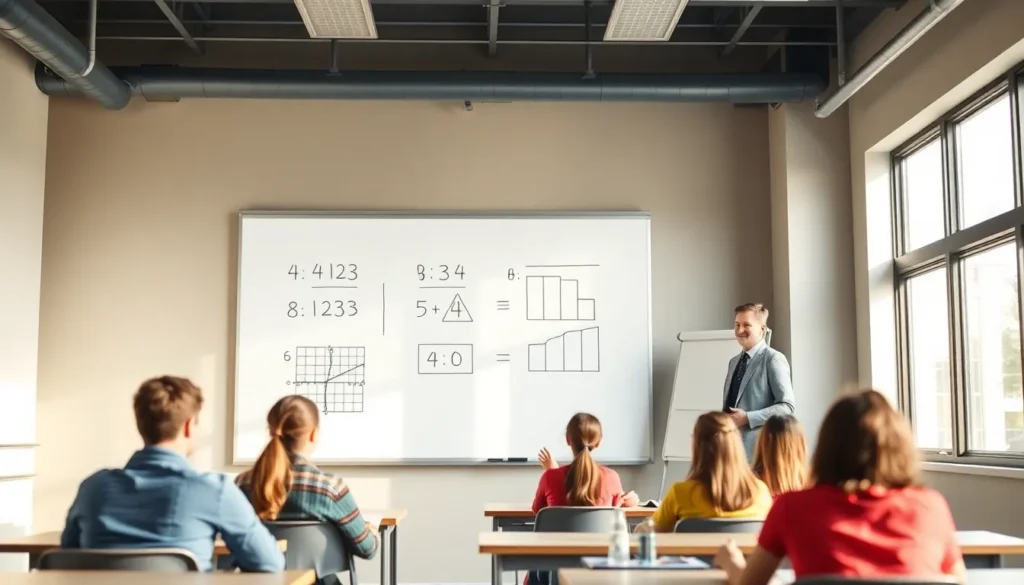Have you ever found yourself staring at a multiplication problem, wondering why it even exists? Well, prepare to unravel the mysteries of multiplication with a fun twist, because we’re diving deep into the intriguing realm of 4123 multiplied by 34. No longer will numbers haunt your nightmares, together, we’ll convert math into a story filled with significance and applicability. Buckle up: this won’t be merely a bore of numbers.
Table of Contents
ToggleUnderstanding the Basics of Multiplication

At its core, multiplication is essentially an addition shortcut. Imagine trying to buy 34 packs of gum at $4123 each. Instead of adding $4123 thirty-four times, multiplication swoops in like a caped hero, saving time and reducing exhaustion.
The Components of 4123 and 34
In this case, 4123 represents the multiplicand (the number being multiplied), while 34 is the multiplier (the number you’re multiplying by). Both of these numbers play a vital role in the outcome of our calculations. Understanding these components is crucial as they set the stage for our long multiplication journey.
The Method of Long Multiplication
Long multiplication might sound intimidating, but it’s all about breaking down the problem into manageable parts. Here’s how it works in relation to our numbers.
Step-by-Step Breakdown of the Calculation
- Start by aligning the numbers vertically.
- Multiply the last digit of 34, which is 4, by each digit of 4123. This gives you 4123 multiplied by 4, resulting in 16492.
- Next, take the next digit, which is 3. Since it’s in the tens place, you add a zero to it (representing its value). Multiply it by 4123 to get 12369.
- Finally, sum the results from each multiplication: 16492 + 123690 = 140922.
And just like that, 4123 x 34 equals 140922.
Visualizing Multiplication with Diagrams
Visual aids can take tedious math from a chore to a delight. Imagine crafting a grid or using area models to show how 4123 x 34 breaks down into simpler parts. Each rectangle corresponds to a part of the multiplication process, showing how much each section contributes to the final answer. This method turns abstract numbers into tangible areas, making it all the more relatable.
Applications of Multiplication in Real Life
Multiplication isn’t just for math classes: it sneaks its way into everyday life. Take shopping for instance: if someone purchases 34 items at $4123, understanding multiplication reveals the total cost in seconds.
Also, consider a classroom setting where there are 34 students, each needing 4123 units of supplies for a project. Multiplication provides the swift answer, allowing teachers to efficiently manage resources. Whether you’re cooking, budgeting, or measuring, multiplication is the unsung hero, making seemingly impossible calculations simple.
Exploring the Number Properties of 4123 and 34
Numbers come with their unique personalities, and 4123 and 34 are no different. The number 4123 is an odd number, meaning it can’t be divided evenly by 2. This property makes it distinctive in mathematical notions. On the other hand, 34 is an even number, a key player in determining factors and multiples. Understanding these properties aids in recognizing patterns that are vital for advanced mathematical concepts.



